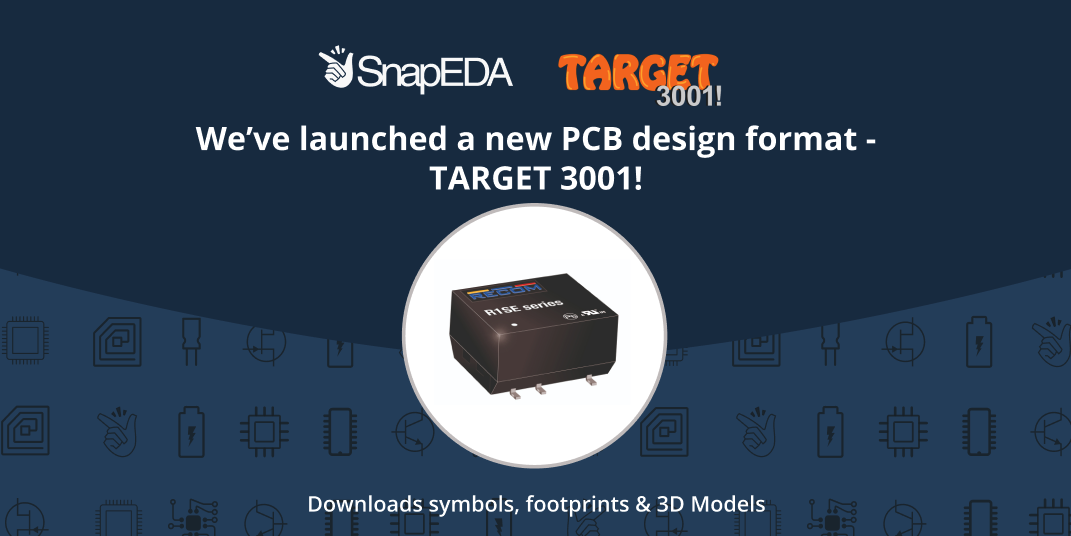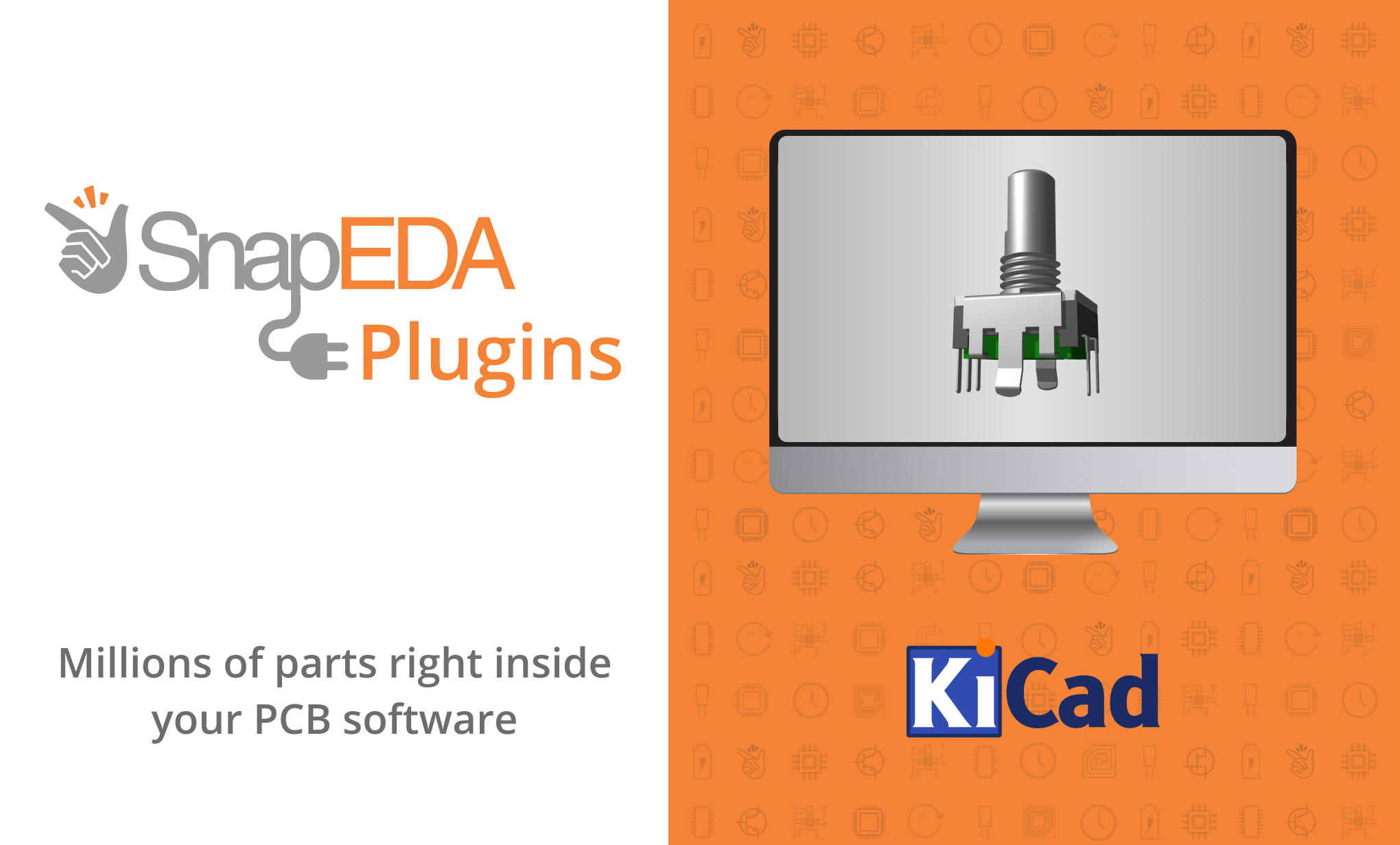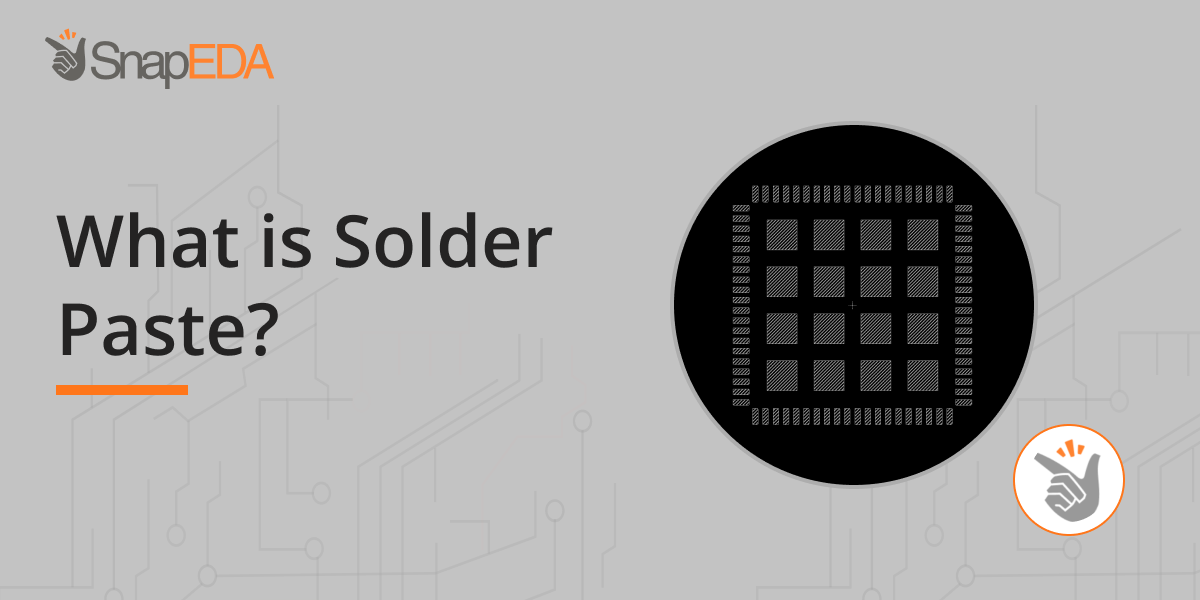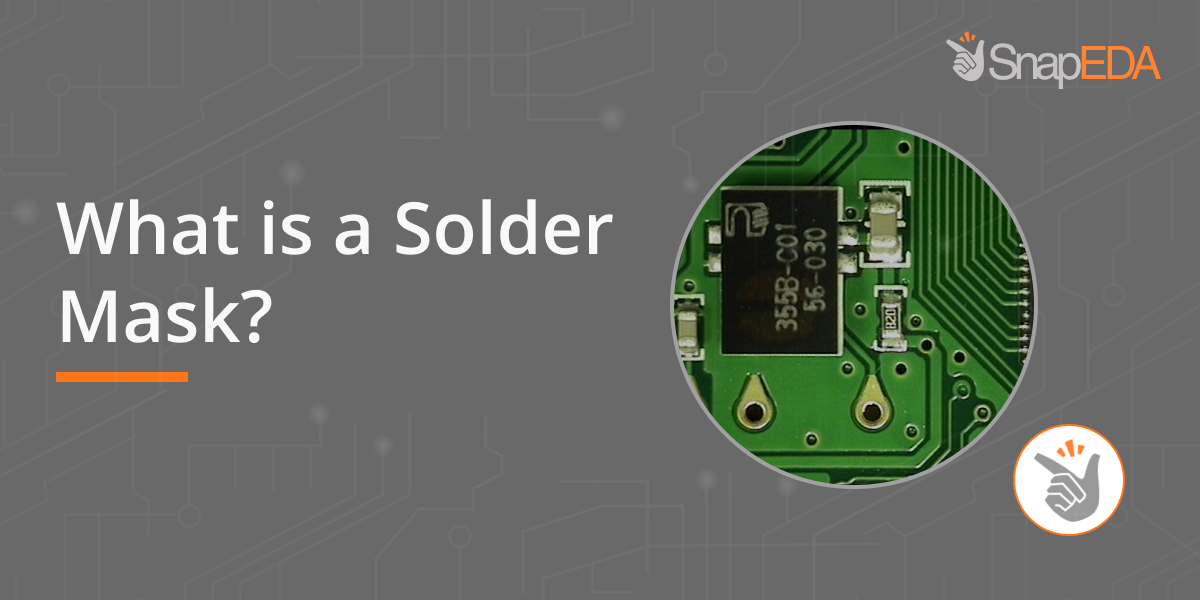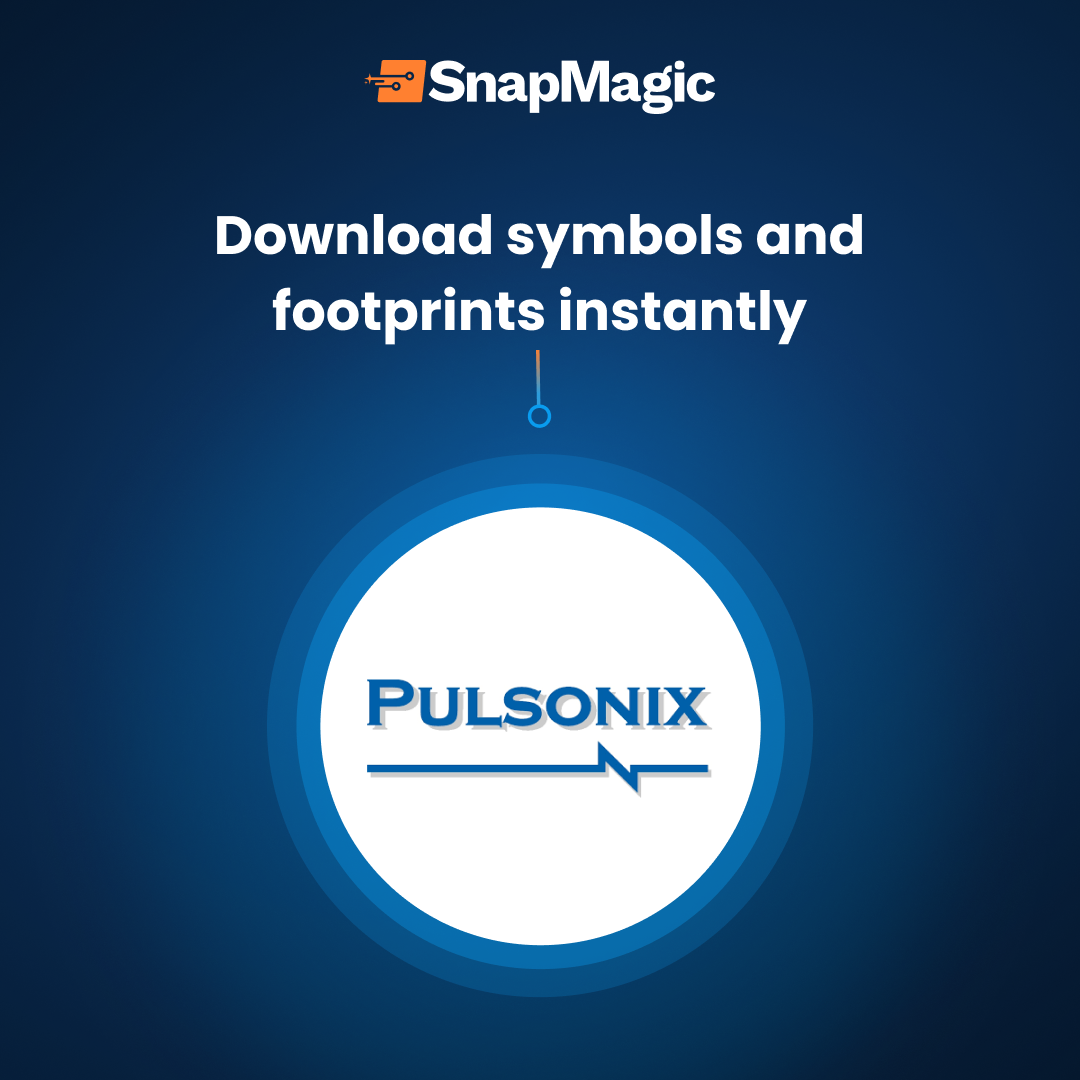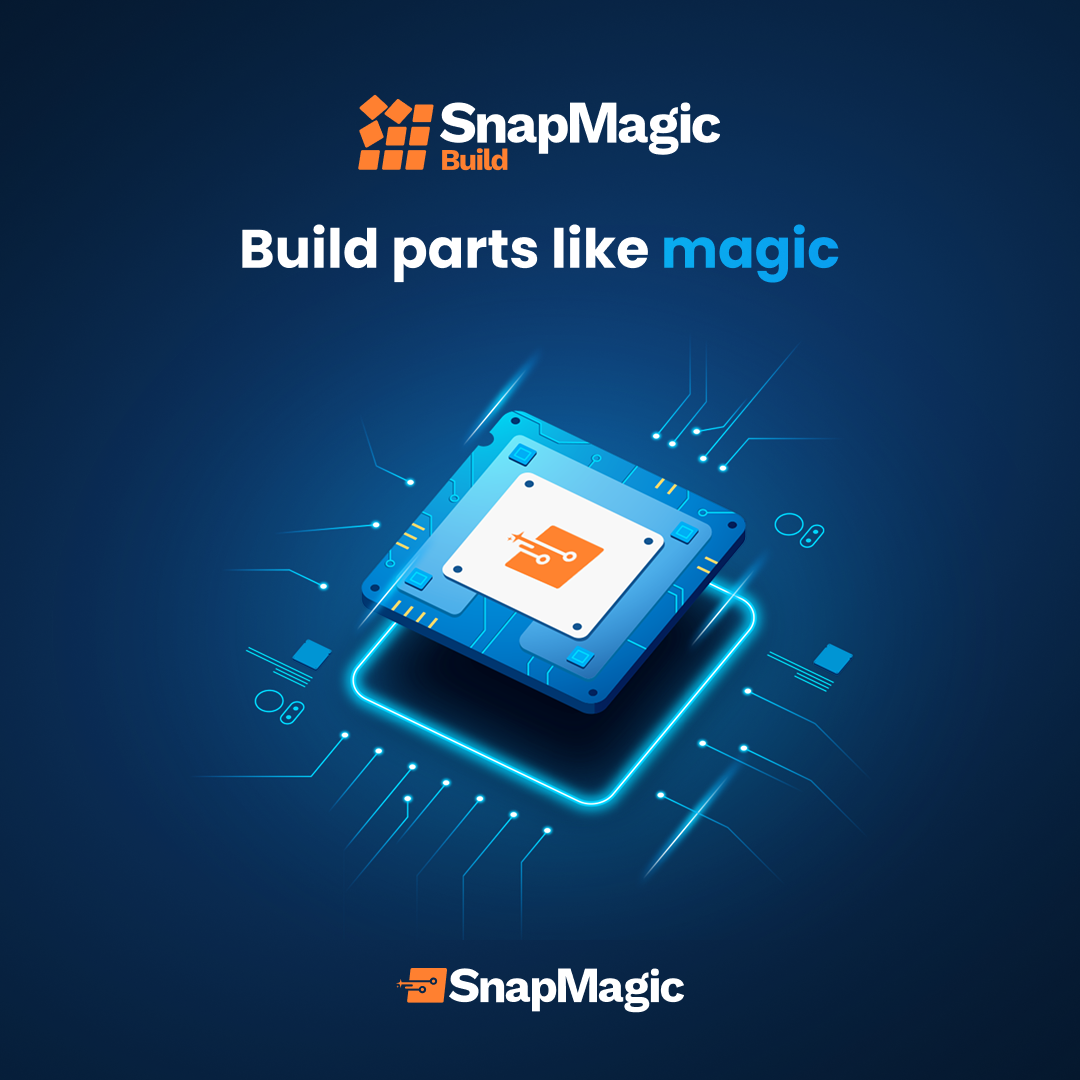Listeners can catch the weekly episodes of The Disruptors Collective by Barry Winata starting today on Spotify, Apple Podcasts and YouTube.
-
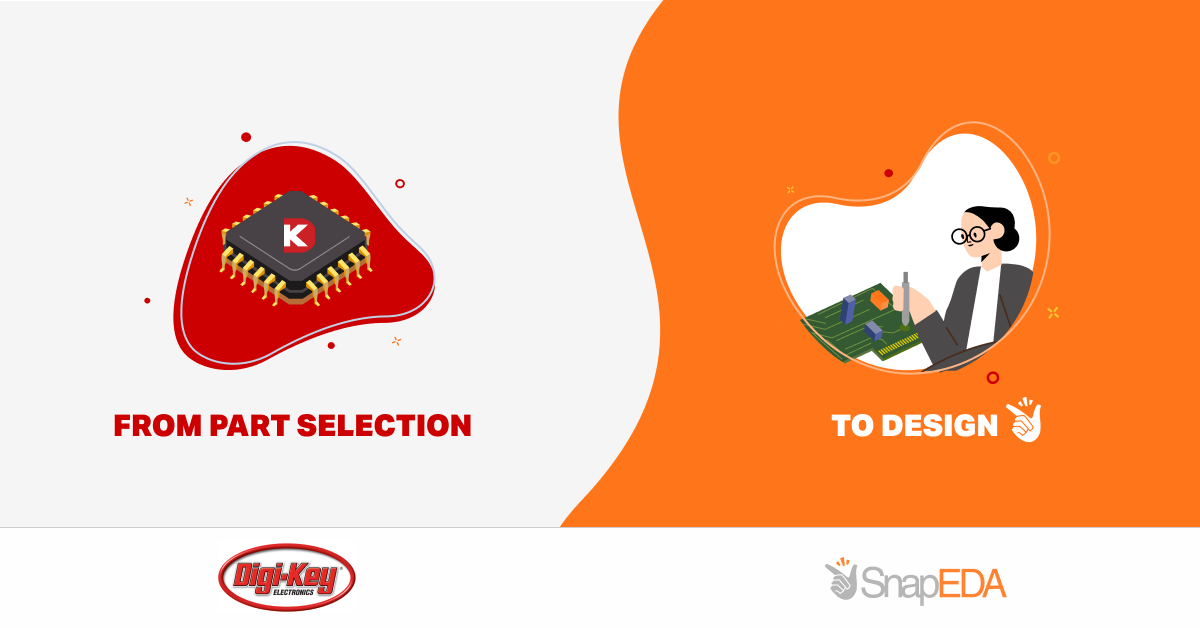
Over 1.5MM SnapEDA CAD models now on Digi-Key!
Read moreYou can now find over 1.5 million SnapEDA CAD models on Digi-Key Electronics, a leading global distributor of electronic components. This means that Digi-Key customers can take advantage of SnapEDA’s free symbols, footprints and 3D models that are compatible with various E-CAD formats, including Altium, Fusion360, Eagle, KiCad, Allegro, OrCad, PADS and many more. About…
-
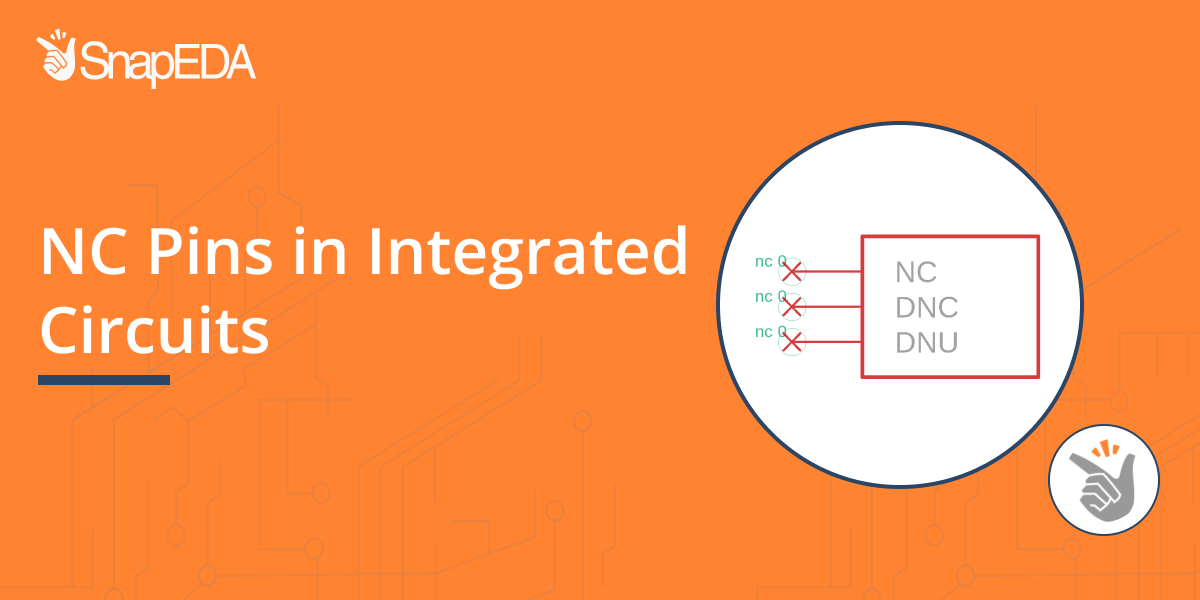
NC Pins in Integrated Circuits
Read moreWhat are the uses of an NC pin? 1. Device groundingThe NC pin can be connected to ground to improve thermal capacity or heat dissipation (if the option is applicable for the device as stated in the datasheet). 2. Component testingAn NC pin, by default, should be left unconnected or floating because most of the…
-

Our 2020 survey results are in
Read moreThank you to everyone who completed our 2020 SnapEDA Survey. Our team went through every single response (2,000+) from EEs & PCB designers around the world to understand what you want to see on SnapEDA, as well as pain points you face when using our product and in your overall design process. We were inspired…
-
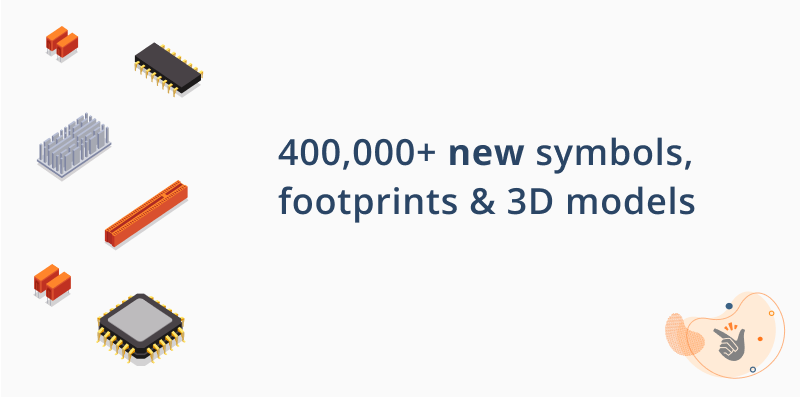
New parts for fall 2020
Read moreWe know that our community loves new parts, so this summer our Component Engineering team sprung into action. We created and verified new CAD models for over 400,000 parts on SnapEDA. Highlights include: The top integrated circuits from Texas Instruments Murata capacitors, EMI filters, timing devices & thermistors Connectors from Samtec, TE Connectivity, & Bel Fuse New crystals from ECS…
-
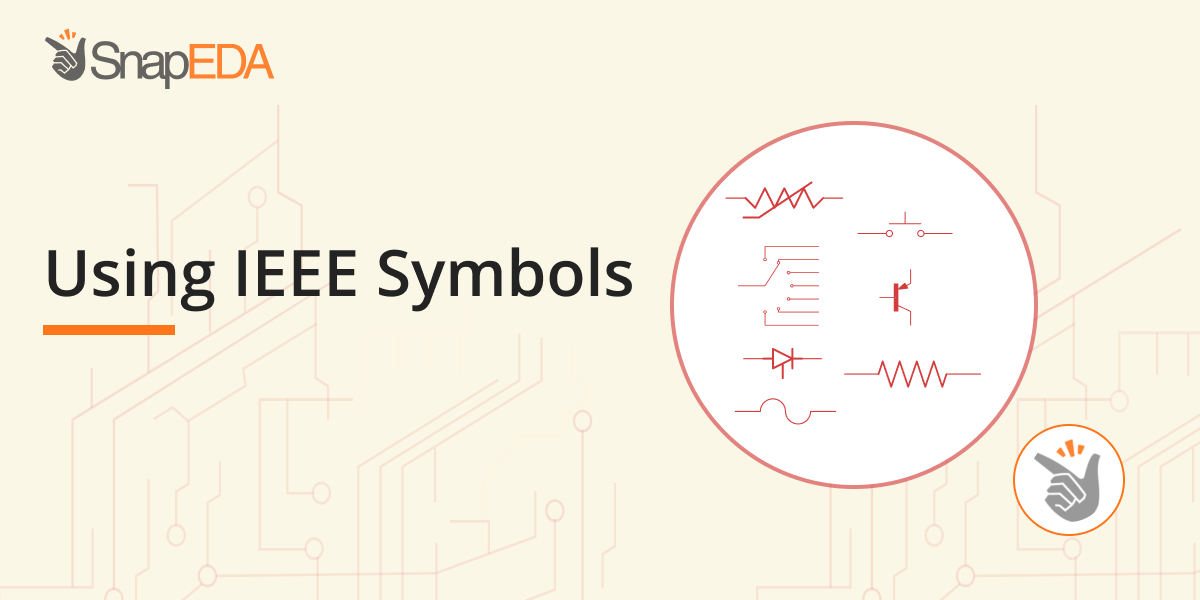
Using IEEE Symbols
Read moreWhat is IEEE? IEEE (pronounced as I, triple E) stands for Institute of Electrical and Electronics Engineers. This is an association that develops design-based, functional standards to follow in the electronics design industry. At SnapEDA, we create symbols based on IEEE 315-1975 standard (as well as ANSI, CSA and IEC approved symbols) and our own internal…


